What to consider when buying a duvet for your child
If you want your little one to actually sleep like a baby, you need to create a comfortable and secure bedroom environment. Their bed should be clean, temperate and allergy-free, so they don’t overheat, get sick or worse, suffocate. Sleep is crucial for their cognitive development, helping with emotional processing, learning, memory and regulating their immune system. It’s not always child’s play navigating the different options for kids' bedding, so if you’re a new parent, you could well be wondering when children can have a duvet, or what to wear for a baby?
By the end of this blog post you’ll be schooled on a duvet’s breathability, as airflow and moisture-wicking are super important, the material and whether your child should have natural or synthetic cover, the ideal TOG rating depending on age, and as we all know that being a parent can be messy, we’ll reveal ones that are easiest to clean.

Children’s Duvets
What tog is needed for my children's duvet?
When it comes to the A, B, Cs of duvets, T stands for TOG. A TOG stands for Thermal Overall Grade, a scientific measure of insulation, it indicates how warm it’ll keep you in bed. TOG ratings differ depending on their age, the room temperature, bed size and season, so from tots to toddlers, we’ve provided a kids duvet TOG guide below.
Children’s Duvet Tog Guide
Children can start sleeping under a lightweight duvet at 12 months old, but not any younger, as they’re at risk of overheating. Kids are unable to regulate their temperature, so below are the recommended togs by age range and temperature:
1–3 years: A light 3 - 4.5 TOG duvet will keep them cosy without them getting too hot at night.
Over 3 years: A 4.5 - 9 TOG duvet, depending on room temperature.
Winter duvet for children: A 7 TOG duvet is ideal for colder months.
Summer duvet: A 2.5 - 4 TOG duvet in warm months of the year or if the bedroom temperature is above 20°C.
When Can Children Have a Duvet?
As mentioned, babies under a year should not have a duvet due to suffocation or SIDS (Sudden Death Syndrome). If they’re over a year old and they sleep soundly under a blanket, start to outgrow their sleep sack, show an interest in their sibling’s blanket or move into a toddler’s bed, then congrats! This means they’re ready for their first night’s sleep under a duvet.
| Explore our Panda Kids™ bamboo duvets |
Toddler Duvets
What TOG Duvet for a Toddler?
Below is a handy guide on the temperature and the recommended duvet TOG for a toddler:
|
Room Temperature (°C) |
Room Temperature (°F) |
Recommended Duvet Tog |
|
| Over 24°C | 75°F+ | No duvet or 1.0 TOG |
Light sheet or muslin blanket |
| 21–23°C | 70–73°F | 2.5 – 4.5 TOG | Summer weight duvet or light blanket |
| 18–20°C |
64–68°F | 4.5 – 7.0 TOG |
Ideal sleeping range |
| 15–17°C |
59–63°F |
7.0 – 9.0 TOG |
Medium-weight duvet; add breathable sleepwear |
| Below 15°C |
Under 59°F |
9.0 – 10.5 TOG |
For a child over ten in a very cold home |
When Can a Toddler Have a Duvet?
Make sure a toddler is over 12 months and can roll over both ways by themselves –this proves they can turn over in bed if they feel too warm. They should also be able to sit up and crawl independently before they can start to use a duvet. To transition them from a sleep sack, cover them with a duvet during their nap time or place the duvet over the sleep sack so they can get used to the feel of it. It’s always a good idea to choose a cover for your duvet with prints or characters they like, making them excited about their new duvet. Lastly, check that the size of the duvet is not too big for them; it should be a little person-sized.
What TOG duvet is suitable for a toddler in Winter?
Depending on the time of year, a toddler’s duvet TOG rating should change. In the Summer, a toddler’s duvet should be very light, so anywhere from 2.5 to 4.5 TOG is the best choice. We advise you to choose a duvet specifically created for children. Our kids' bamboo duvet has a TOG rating of 4.5, super light and breathable, it's also cosy and thermoregulating, keeping them cocooned in the Winter, making it an ideal all-year-round duvet for your little one.
See below for the children's duvet TOG rating guide depending on the season:
- Summer - 2.5 - 4.5 TOG
- Spring/Autumn - 4.5 - 7 TOG
- Winter - 7 - 10.5 TOG
Over a 10.5 TOG is too warm for children, even in Winter, so this would not be suitable for infants for safety reasons. Instead, add a thin breathable cotton or muslin blanket on top of the duvet if needed. This is useful in colder months for kids who tend to kick off the duvet. Alternatively, keep a fleece or knitted blanket folded at the foot of the bed for easy access.

Baby Duvets
What TOG for a Baby?
If you’re concerned your baby is too warm when sleeping you can check their temperature by feeling their chest or neck. Below is a guide on the TOG rating for babies based on their nursery temperature:
|
> 75°F / > 24°C : 0.2 – 0.5 TOG 71–75°F / 22–24°C : 0.5 – 1.0 TOG 68–71°F / 20–22°C : 1.0 – 2.0 TOG 64–68°F / 18–20°C : 2.5 TOG < 64°F / < 18°C : 3.0+ TOG |
When Can a Baby Have a Duvet?
SIDS guidelines and paediatricians all agree that babies should not have a duvet until they’re over 12 months old and preferably not until 18 months. Duvets can cover the face and restrict the breathing of an infant under the age of one. Instead, cover them in cellular blankets or put them in a sleep sack.
Our medical expert, Dr Seeta, confirms that a baby under a year old should not sleep under a duvet: “For babies under 12 months, duvets aren’t recommended due to the risk of overheating and suffocation—stick to a firm mattress and a well-fitted sleeping bag or swaddle. For toddlers and older children, choose a lightweight, breathable duvet made from natural materials like bamboo or organic cotton. These help regulate temperature, are hypoallergenic, and gentle on sensitive skin—ideal for restful, healthy sleep."
What Age Can a Baby Have a Duvet?
Remember it’s important to take baby steps when it comes to introducing your little one to a duvet at bedtime. The recommendation is 12-18 months on the NHS guidelines. The American Academy of Paediatrics advises that babies do not need a duvet until they are up to 18 months old. If they’re still sleeping in a cot, they sleep face down and they don’t move around a lot, these are signs they’re not ready for a duvet. If they’re over 12 months and they can sit up, roll or stand up easily, these indicate they can sleep under a light duvet of 4.5 TOG. Another indication is if they are able to regulate their own temperature by pushing off blankets when they feel too warm or pulling them up when they feel cold. Some children enjoy the idea of a duvet if they’re siblings have one, but make sure they’re ready for one, even if they’re big for their age.
Duvet Materials
Natural Materials
As kids’ skin is very delicate and more sensitive than an adults’, you’ll want to wrap them up in a super soft fabric that feels like a hug. Natural materials make an ideal duvet fill for a child. We’ve provided an overview of each natural duvet material, comparing its advantages with its disadvantages. We’ll begin with bamboo, as this fabric has lots of advantages for children’s sleep:
Bamboo
- Naturally breathable, allowing air to circulate
- Super soft
- Hypoallergenic fibres are suitable for sensitive skin
- Moisture-wicking
- Highly absorbent
- Thermoregulating
However, there are some disadvantages to choosing bamboo:
- Premium price point compared with other fill types
- Special care can be involved in the maintenance of a bamboo duvet
Down
- Superb insulation, wrapping them up warm
- Lightweight and cosy
Similarly to bamboo, down can require professional cleaning and down can trigger allergies, so this type of fill may not be suitable for infants who suffer from asthma.
Cotton
- Soft
- Machine washable
Cotton is not as insulating when damp, and it wrinkles easily.
Feather
- Warm and cosy
- Good loft retention, meaning it’s durable and keeps its shape
Feathers poking through the cover of the duvet can pose an allergy risk for children and irritate their skin, they’re also less breathable than other duvets and they can be heavy.
Synthetic Materials
Synthetic fibres such as microfibre and hollow fibre polyester are also popular duvet options for children. The advantages of these duvet fillings are:
- Hypoallergenic
- Lightweight but warm
- Easy to clean, as often machine washable
- Quick-drying compared to natural duvets
- Cheaper than natural duvets
- Hollow fibre is breathable
Even synthetic duvets have many advantages, but they also have downsides:
- Not as moisture-wicking as natural duvets
- Shorter lifespan
- Environmental impact
- Retain odour
- Clumps over time
Conclusion
To wrap up, baby’s first duvet should be lightweight from a 3-4.5 TOG depending on the room temperature, as they get older, a 4.5-9 TOG is suitable, and in the Winter, you’ll want to update the tog to 7, but never higher than 10.5 TOG. Here’s a handy checklist when buying a duvet for children. To recap, you need to consider:
- The room temperature in which they sleep
- The suitable TOG for their age range
- Material which is breathable and hypoallergenic
For even more advice and info on choosing the best duvet for your little one, check our product pages. Now you know the ABCs of choosing your child’s duvet, you have the information to ensure they stay curled up blissfully through the night, improving the quality of your and their sleep.
Fact-checked by: Dr Seeta Shah

![[MattressTopper] Panda London Memory Foam Bamboo Mattress Topper package box](http://pandalondon.com/cdn/shop/files/Bamboo_Mattress_Topper_Package_Box.webp?v=1742301823&width=1500)
![[MattressTopper] Panda London Memory Foam Bamboo Mattress Topper on the floor](http://pandalondon.com/cdn/shop/products/Panda-Memory-Foam-Bamboo-Mattress-Topper-Yoga-e1624045454555.jpg?v=1758795458&width=1000)
![[MattressTopper] Bamboo Mattress Topper Lifestyle Image with Memory Foam Pillows Product Page](http://pandalondon.com/cdn/shop/files/Bamboo_Mattress_Topper_Lifestyle_Image_with_Memory_Foam_Pillows_Product_Page.webp?v=1758795458&width=800)
![[MattressTopper] Bamboo Mattress Topper Lifestyle Image with Bamboo Pillows In the Garden room Product Page](http://pandalondon.com/cdn/shop/files/Bamboo_Mattress_Topper_Lifestyle_Image_with_Bamboo_Pillows_In_the_Garden_room_Product_Page.webp?v=1758795458&width=800)
![[MattressTopper] Panda London Memory Foam Bamboo Mattress Topper side](http://pandalondon.com/cdn/shop/files/Mattress_Topper_Isolated_-_resized.jpg?v=1758795458&width=800)
![[HybridMattressPro] Hybrid_Bamboo_Mattress_Pro_Product_Image_2026](http://pandalondon.com/cdn/shop/files/Hybrid_Bamboo_Mattress_Pro_Product_Image_2026.webp?v=1764944771&width=1000)
![[HybridMattressPro] Breathable Hybrid Bamboo Mattress](http://pandalondon.com/cdn/shop/products/Breathable-Hybrid-Bamboo-Mattress.jpg?v=1764944771&width=1920)
![[HybridMattressPro] Hybrid Bamboo Mattress Pro Cover Zip](http://pandalondon.com/cdn/shop/files/Hybrid_Bamboo_Mattress_Cover.jpg?v=1764944771&width=800)
![[HybridMattressPro] Panda Hybrid Bamboo Mattress Pro](http://pandalondon.com/cdn/shop/files/Hybrid_Bambo_Memory_Foam_Mattress_-_BioCell_Foam_x.jpg?v=1764944771&width=800)
![[HybridMattressPro] Couple on a Hybrid Bamboo Mattress Pro](http://pandalondon.com/cdn/shop/files/Hybrid_Bamboo_Mattress_Couple.jpg?v=1764944771&width=800)
![[CloudDuvet] Panda London The Cloud Bamboo Duvet Packaging](http://pandalondon.com/cdn/shop/products/Panda-London-The-Cloud-Bamboo-Duvet-Panda-Life-scaled_00a651ad-4ca3-4105-b520-12a94c1a4f71.jpg?v=1713363286&width=1920)
![[CloudDuvet] Panda London The Cloud Bamboo Duvet Rolled](http://pandalondon.com/cdn/shop/products/Duvet-Listing-Images03.jpg?v=1764079307&width=1000)
![[CloudDuvet] Panda London The Cloud Bamboo Duvet Girl Huggin a Duvet on the Bed](http://pandalondon.com/cdn/shop/files/Cloud_Bamboo_Duvet_-_Lady_Hugging_it_on_Bed_LifestyleImage.jpg?v=1764079307&width=1000)
![[CloudDuvet] Panda London The Cloud Bamboo Duvet Guy In the Air with Cloud Bamboo Duvet](http://pandalondon.com/cdn/shop/files/GuyonaHybridBambooMattresswithCloudDuvet.jpg?v=1764079307&width=2000)
![[CloudDuvet] Panda Cloud Duvet Winter on the bed lifestyle image](http://pandalondon.com/cdn/shop/files/Panda_Cloud_Duvet_Winter_on_the_Bed_Lifestyle-1_image.jpg?v=1764079307&width=1000)
![[BBWhite] White 100% Bamboo Bedding](http://pandalondon.com/cdn/shop/files/Pure_White_Full_Bed.webp?v=1719581797&width=1000)
![[BBWhite] White 100% Bamboo Bedding Texture](http://pandalondon.com/cdn/shop/files/100_Bamboo_Bedding_-_Pure_White_-_Close_Up_02.webp?v=1762879591&width=1000)
![[BBWhite] White 100% Bamboo Bedding Woman in bed sleeping](http://pandalondon.com/cdn/shop/files/100-Bamboo-Bedding-Set-Pure-White-BB.webp?v=1762879591&width=768)
![[BBWhite] White 100% Bamboo Bedding Woman Duvet cover buttons](http://pandalondon.com/cdn/shop/files/hand_and_buttons_1.webp?v=1762879591&width=1000)
![[BBWhite] White 100% Bamboo Bedding Woman in bed looking and smiling-](http://pandalondon.com/cdn/shop/files/SatonMadeBed-White100_BambooBedding-white_-_BB_SideShot1000x1000.webp?v=1762879591&width=980)
![[BBUrbanGrey] Urban Grey 100% Bamboo Bedding](http://pandalondon.com/cdn/shop/files/Made_Bed_-_Urban_Grey_-_Wide_Shot_2_1_1.webp?v=1762880019&width=1000)
![[BBUrbanGrey] Cloud Duvet Urban Grey 100% Bamboo Bedding Set](http://pandalondon.com/cdn/shop/files/Cloud_Duvet_-_Grey_-_Close_up_2.webp?v=1762880019&width=1000)
![[BBUrbanGrey] Urban Grey 100% Bamboo Bedding Set Woman sitting on the bed](http://pandalondon.com/cdn/shop/files/Sat_in_Bed_-_Grey_100__Bamboo_Bedding_-_Wide_Shot.webp?v=1762880019&width=1000)
![[BBUrbanGrey] Urban Grey 100% Bamboo Bedding Set Woman Duvet buttons Panda London](http://pandalondon.com/cdn/shop/files/hand_buttons_grey_bedding_1.webp?v=1762880019&width=1000)
![[BBUrbanGrey] Woman Sitting on the Bamboo Bedding with coffee](http://pandalondon.com/cdn/shop/files/SatonMadeBed-White100_BambooBedding-SideShot1000x1000.jpg?v=1762880019&width=1000)
![[BBNavyBlue] Deep Sea Navy Blue 100% Bamboo Bedding](http://pandalondon.com/cdn/shop/files/Made_Bed_-_Navy_-_Wide_Shot_3_copy.webp?v=1762879591&width=1000)
![[BBNavyBlue] Deep Sea Navy Blue 100% Bamboo Bedding Texture](http://pandalondon.com/cdn/shop/files/Cloud_Duvet_-_Navy_-_Close_up_2.webp?v=1762880019&width=1000)
![[BBNavyBlue] Deep Sea Navy Blue 100% Bamboo Bedding Woman Sitting on the bed](http://pandalondon.com/cdn/shop/files/Sat_Up_in_Bed_-_Navy_100__Bamboo_Bedding_-_Hands_on_Bed.webp?v=1762880019&width=1000)
![[BBNavyBlue] Deep Sea Navy Blue 100% Bamboo Bedding Duvet Cover Buttons](http://pandalondon.com/cdn/shop/files/Cloud_Duvet_Cover_Buttons_-_Deep_Sea_Navy.webp?v=1762880019&width=1000)
![[BBNavyBlue] Deep Sea Navy Blue 100% Bamboo Bedding Woman sitting on the bed looking away](http://pandalondon.com/cdn/shop/files/SatonMadeBed-White100_BambooBedding-SideShot1000x1000-001.webp?v=1762880019&width=980)
![[BBPink] Vintage Pink Blue 100% Bamboo Bedding](http://pandalondon.com/cdn/shop/files/Made_Bed_-_Pink_-_Wide_Shot_copy.webp?v=1762879591&width=1000)
![[BBPink] Vintage Pink Texture 100% Bamboo Bedding](http://pandalondon.com/cdn/shop/files/Cloud_Duvet_-_Pink_-_Close_up_2.webp?v=1762880019&width=1000)
![[BBPink] Vintage Pink Woman Sitting on the 100% Bamboo Bedding](http://pandalondon.com/cdn/shop/files/Sat_Up_in_Bed_-_Pink_-_Hands_on_Bed.webp?v=1762880019&width=1000)
![[BBPink] Vintage Pink Woman Sitting on the 100% Bamboo Bedding Duvet Cover](http://pandalondon.com/cdn/shop/files/Cloud_Duvet_Cover_Buttons_-_Vintage_Pink.webp?v=1762880019&width=1000)
![[BBPink] Vintage Pink Woman Sitting on the 100% Bamboo Bedding Woman looking far away](http://pandalondon.com/cdn/shop/files/SatonMadeBed-White100_BambooBedding-SideShot1000x1000-001_Vintage_Pink.webp?v=1762880019&width=980)
![[BBGrey] Light Grey 100% Bamboo Bedding](http://pandalondon.com/cdn/shop/files/Made_Bedding_in_Bedroom_-_Urban_Grey_-_Wide_Shot.webp?v=1762879591&width=1000)
![[BBGrey] Light Grey 100% Bamboo Bedding texture](http://pandalondon.com/cdn/shop/files/Texture17.webp?v=1762880019&width=1000)
![[BBGrey] Light Grey 100% Bamboo Bedding with Woman smiling](http://pandalondon.com/cdn/shop/files/Sat_Up_in_Bed_-_Grey_-_Hands_on_Bed.webp?v=1762880019&width=1000)
![[BBGrey] Light Grey 100% Bamboo Bedding with Duvet Cover buttons](http://pandalondon.com/cdn/shop/files/Cloud_Duvet_Cover_Buttons_-_Quiet_Grey.webp?v=1762880019&width=1000)
![[BBGrey] Light Grey 100% Bamboo Bedding with Woman smiling and sitting coffee](http://pandalondon.com/cdn/shop/files/SatonMadeBed-White100_BambooBedding-SideShot1000x1000-002-_Grey.webp?v=1762880019&width=980)
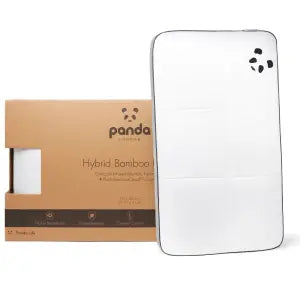 Hybrid Bamboo Pillow
Hybrid Bamboo Pillow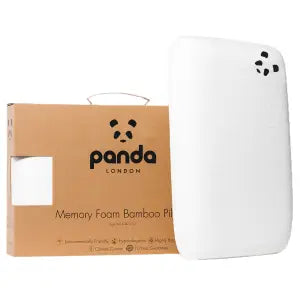 Memory Foam Bamboo Pillow
Memory Foam Bamboo Pillow Kids Memory Foam Bamboo Pillow
Kids Memory Foam Bamboo Pillow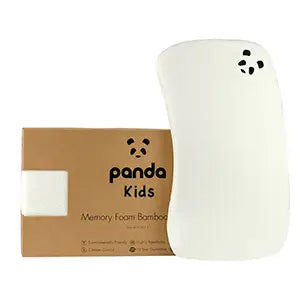 Baby Memory Foam Bamboo Pillow
Baby Memory Foam Bamboo Pillow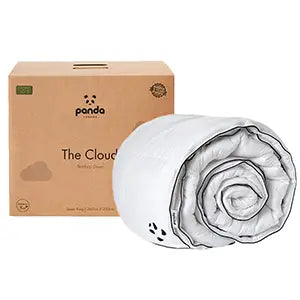 Panda Cloud Duvet
Panda Cloud Duvet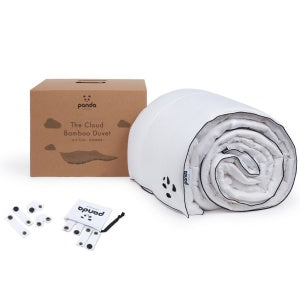 Bamboo Summer Duvet
Bamboo Summer Duvet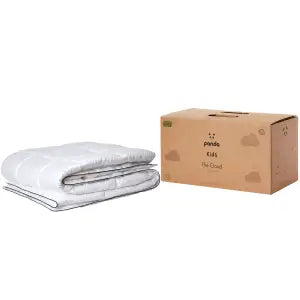 Kids Cloud Duvet
Kids Cloud Duvet
![[KidsDuvet] Kids Cloud Duvet product image](http://pandalondon.com/cdn/shop/products/Panda-London_Kids_Duvet-scaled.jpg?v=1713363289&width=1920)
![[KidsDuvet] Kids Cloud Duvet on a cotbed](http://pandalondon.com/cdn/shop/files/Kids-KidsCloudDuvet.jpg?v=1750342405&width=2000)
![[KidsDuvet] Kids Cloud Bamboo Duvet Folded](http://pandalondon.com/cdn/shop/files/Kids_Cloud_Bamboo_Duvet_-_Folded_-_Logo_Shown_-_White_Background_Kids_Duvet.jpg?v=1750342405&width=1000)
![[KidsDuvet] Kids_CloudBambooDuvet-CornerLip-WhiteBackground](http://pandalondon.com/cdn/shop/files/Kids_CloudBambooDuvet-CornerLip-WhiteBackground.jpg?v=1750342405&width=2000)
![[KidsDuvet] Kids_Cloud_Bamboo_Duvet_-_Padded_-_Close_Up_Shot_Kids](http://pandalondon.com/cdn/shop/files/Kids_Cloud_Bamboo_Duvet_-_Padded_-_Close_Up_Shot_Kids.jpg?v=1750342405&width=1000)
![[KidsDuvet] Kids_CloudBambooDuvetRolled-WhiteBackground_1](http://pandalondon.com/cdn/shop/files/Kids_CloudBambooDuvetRolled-WhiteBackground_1.jpg?crop=region&crop_height=1697&crop_left=151&crop_top=0&crop_width=1697&v=1750342405&width=2000)
![[KidsDuvetUKSingle] UK_Single_kids_-_Summer_Cloud_Duvet_Main_Image](http://pandalondon.com/cdn/shop/files/UK_Single_kids_-_Summer_Cloud_Duvet_Main_Image.webp?v=1750342648&width=1000)
![[KidsDuvetUKSingle] UK_Single_Kids-Image_Summer_Bamboo_Duvet_Lifestyle_image-1](http://pandalondon.com/cdn/shop/files/UK_Single_Kids-Image_Summer_Bamboo_Duvet_Lifestyle_image-1.webp?v=1750342794&width=1000)
![[KidsDuvetUKSingle]UK_Single_Summer_Duvet_-_Duvet_Folded_Isolated-webp](http://pandalondon.com/cdn/shop/files/UK_Single_Summer_Duvet_-_Duvet_Folded_Isolated-webp.webp?v=1750342794&width=1000)
![[KidsDuvetUKSingle] UK_Single_Summer_Duvet_-_Snuggle_Snaps_Bag_02-webp](http://pandalondon.com/cdn/shop/files/UK_Single_Summer_Duvet_-_Snuggle_Snaps_Bag_02-webp.webp?v=1750343051&width=1000)
![[KidsDuvetUKSingle] UK_Single_Kids_-_Summer_Cloud_Snuggle_Snaps_Image_Webp](http://pandalondon.com/cdn/shop/files/UK_Single_Kids_-_Summer_Cloud_Snuggle_Snaps_Image_Webp.webp?v=1764079307&width=1500)
![[KidsDuvetAllSeason] Kids Duvet UK Single 10.5 tog rating all season one](http://pandalondon.com/cdn/shop/files/Kids_All_Seasn_10.5_Tog_Panda_Cloud_Duvet_Main_Image.jpg?v=1750685858&width=1920)
![[KidsDuvetAllSeason] Texture Duvet Cloud Panda](http://pandalondon.com/cdn/shop/files/Kids_All_Season_Panda_Cloud_Bamboo_Duvet_-_Padded_-_Close_Up_Shot.jpg?crop=region&crop_height=1900&crop_left=169&crop_top=0&crop_width=1900&v=1750686755&width=2239)
![[KidsDuvetAllSeason] Rolled Duvet All Season 10.5 tog](http://pandalondon.com/cdn/shop/files/Kids_All_Season_Duvet_Image_002_Panda_Cloud_Duvet.jpg?v=1750686755&width=1000)
![[KidsDuvetAllSeason] Panda Cloud Duvet Corner](http://pandalondon.com/cdn/shop/files/Kids_All_Season_Panda_Cloud_Cloud_Bamboo_Duvet_-_Corner_Lip_-_White_Background.jpg?v=1750686755&width=4848)
![[KidsDuvetAllSeason] All season Panda Cloud Duvet](http://pandalondon.com/cdn/shop/files/Kids_All_Season_Duvet_UK_Single_Kids-Image_Summer_Bamboo_Duvet_Lifestyle_image-1_webp.jpg?v=1750686755&width=1000)
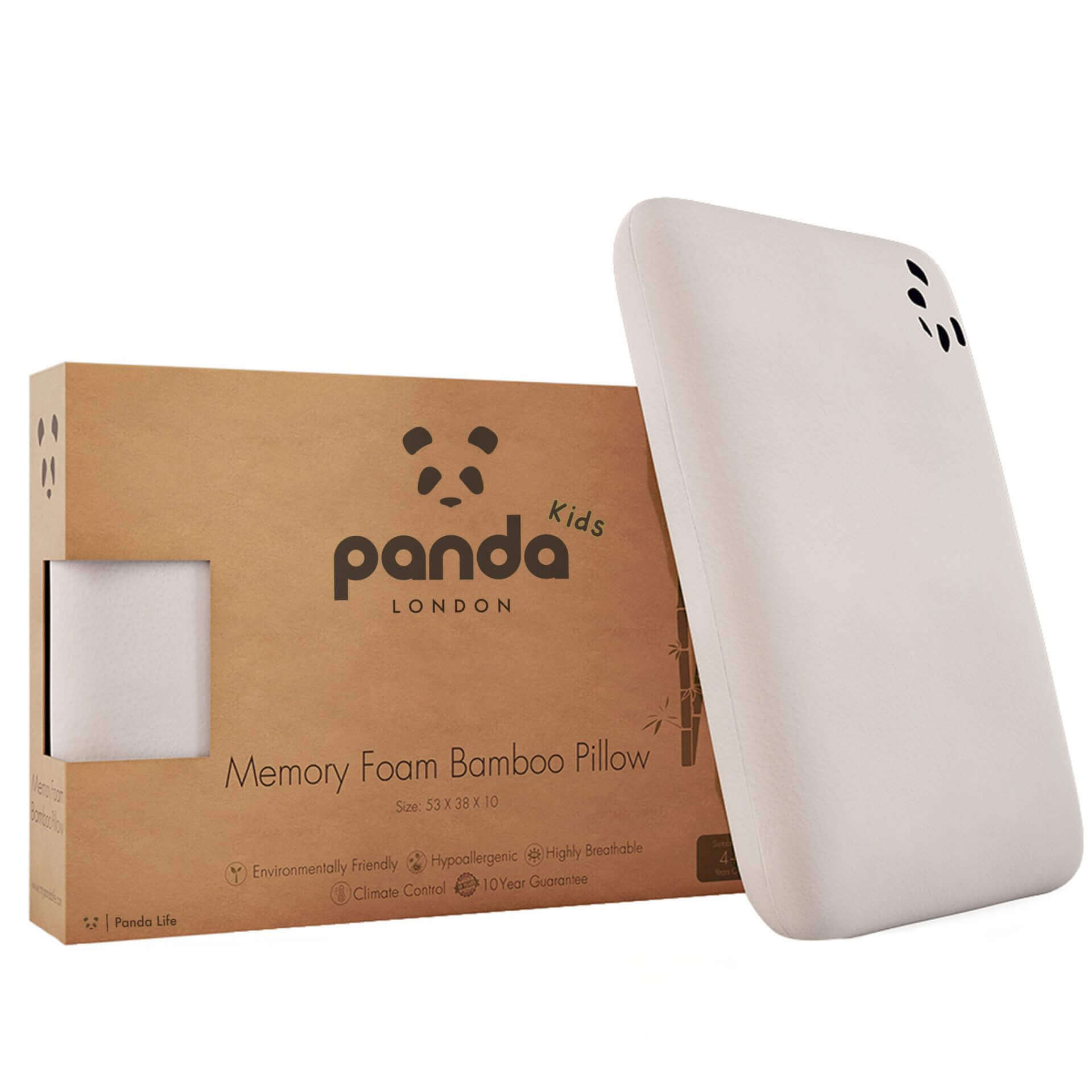
![[Pillowcovers] Pillowcase-Kids-Pillow-White-Background-](http://pandalondon.com/cdn/shop/files/Kids-Pillow-White-Background-Square_jpg.webp?v=1713361847&width=745)

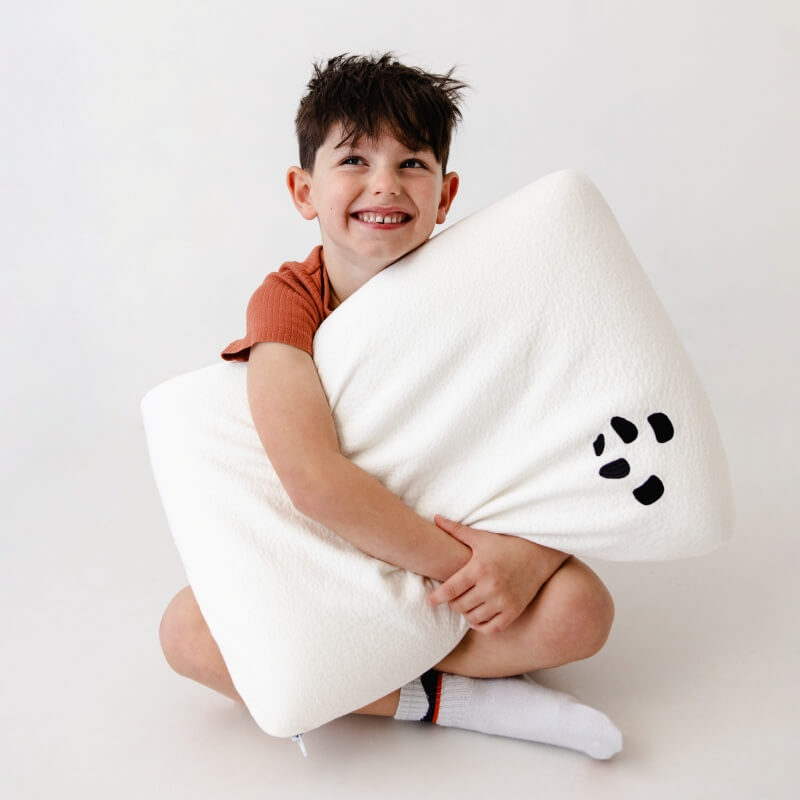
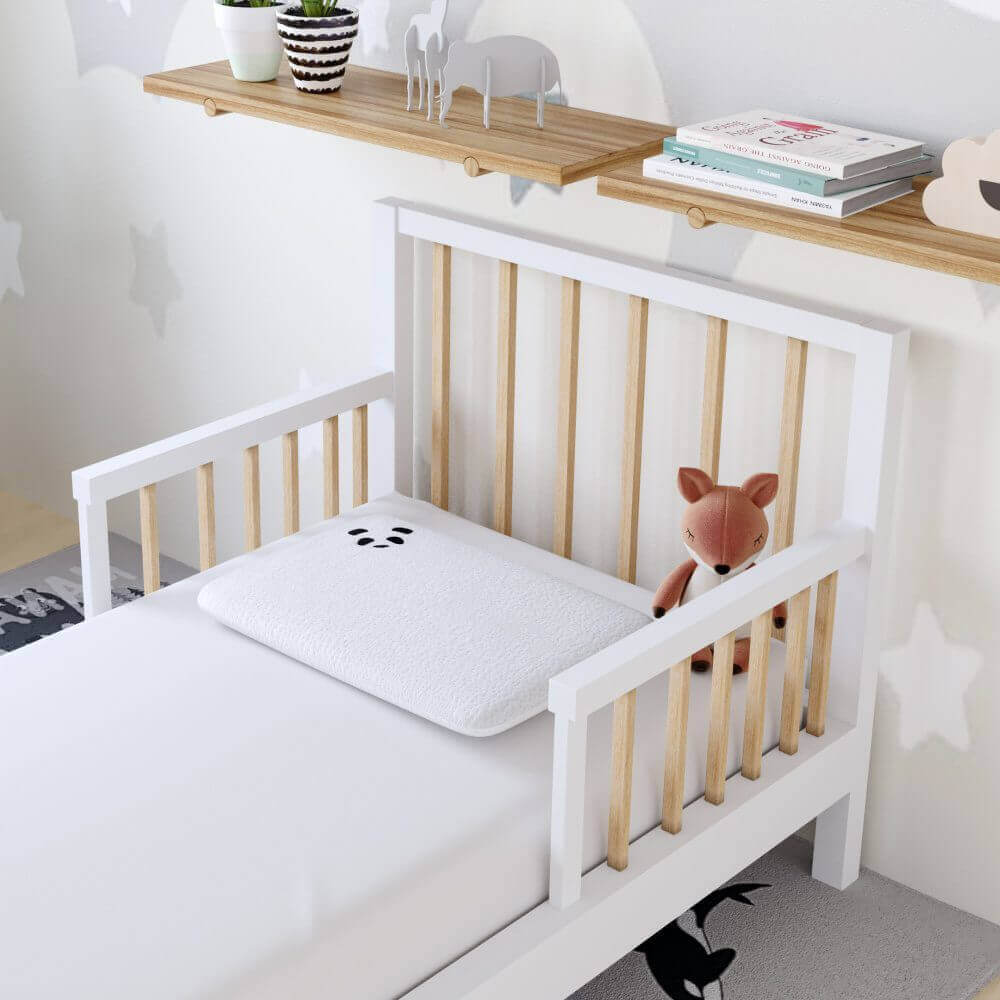
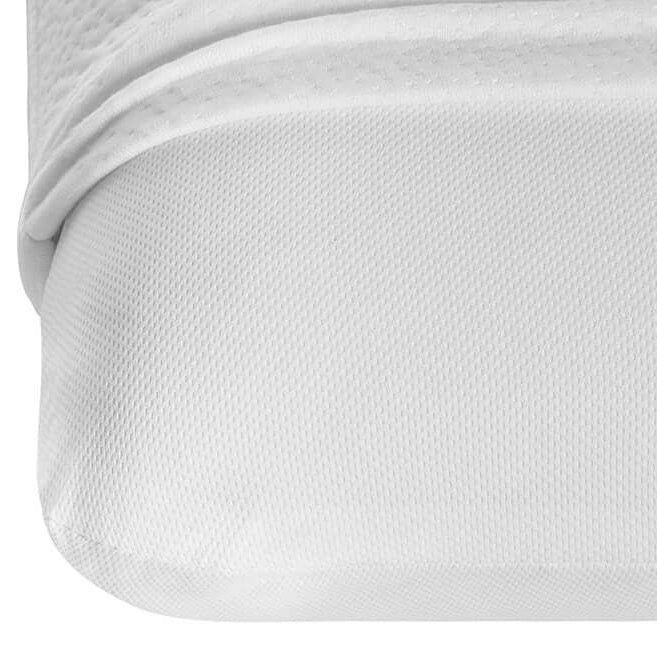
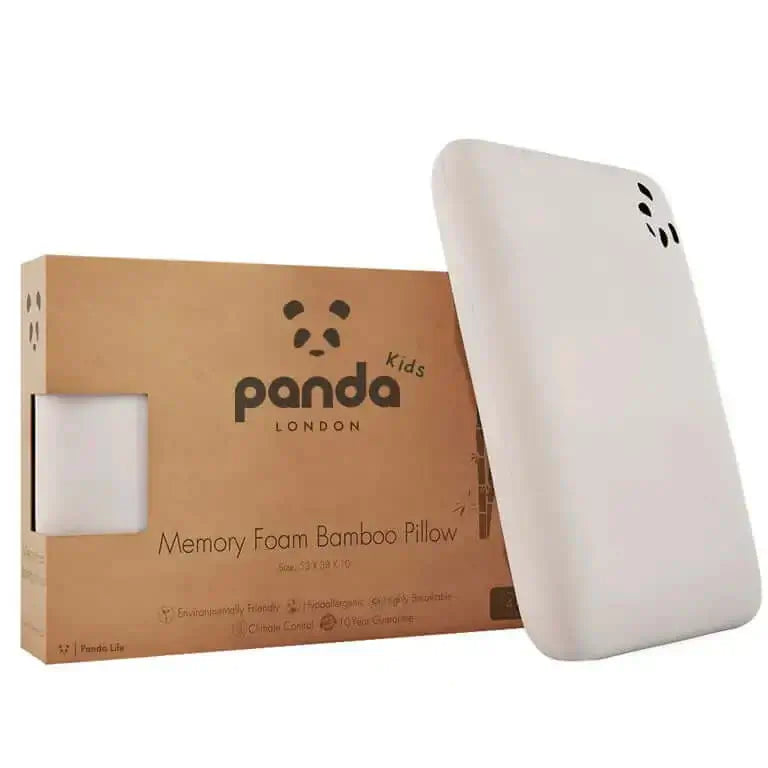
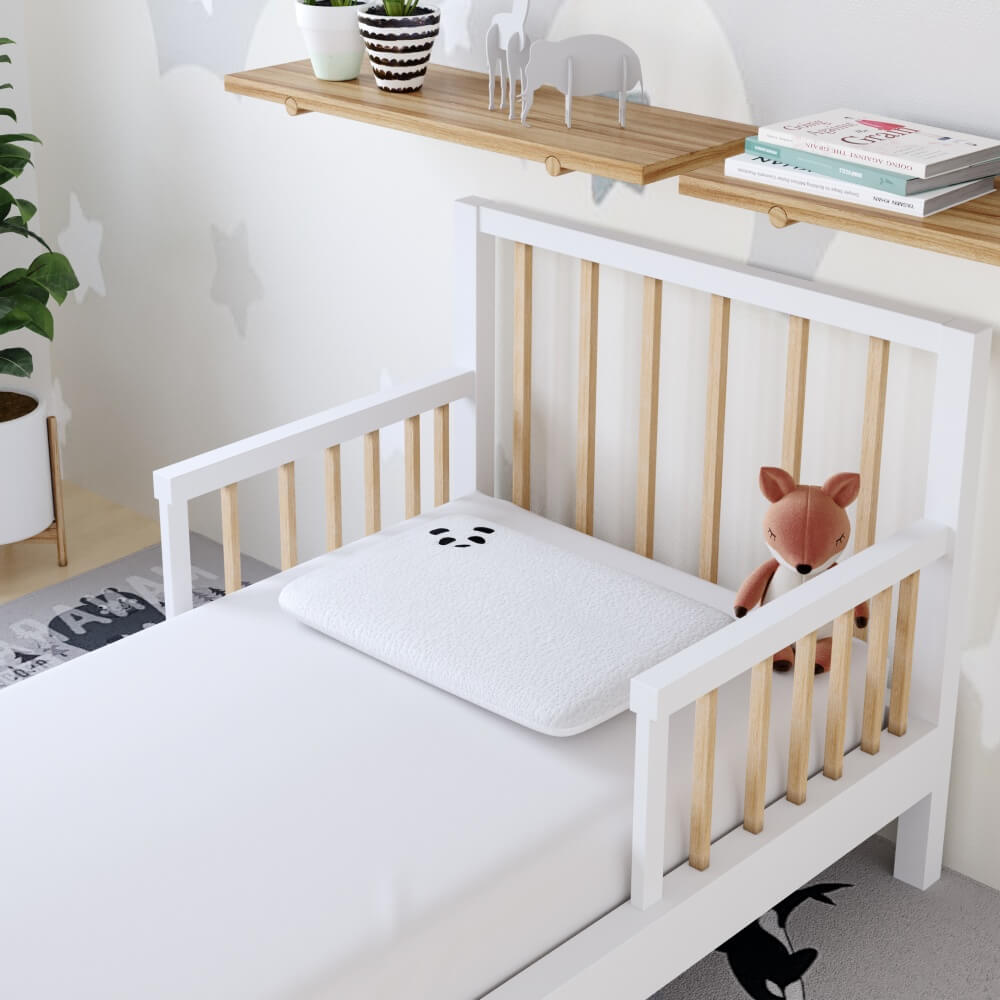
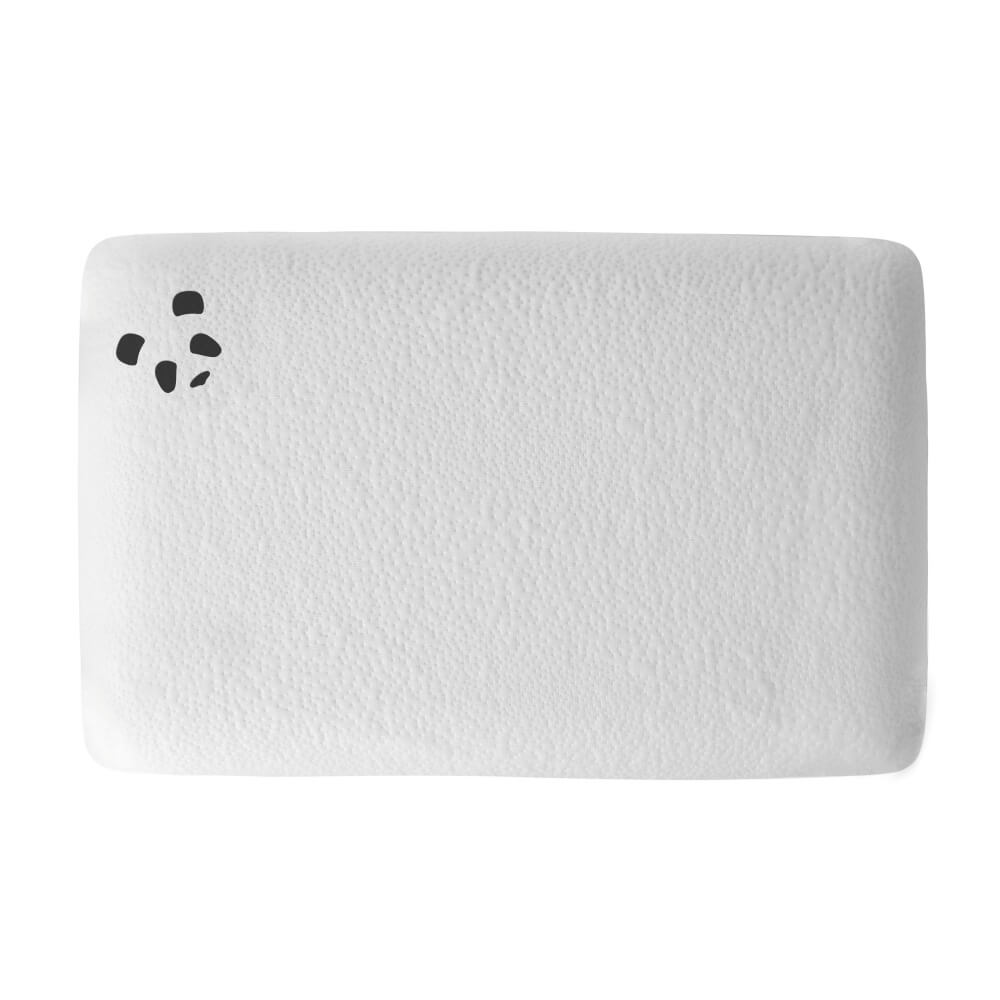
![[FSKidsW] Kids_Full_Bamboo_Bedding_Set_Pure_White_-_jpg](http://pandalondon.com/cdn/shop/files/Kids_Full_Bamboo_Bedding_Set_White_-_jpg.jpg?v=1745334928&width=800)
![[FSKidsW] Fitted Sheet Kids Bamboo Bedding Texture White](http://pandalondon.com/cdn/shop/files/FittedSheetKidsBambooBeddingTextureWhite.webp?v=1745334928&width=1000)
![[FSKidsW] Kids-Bamboo_Bedding_Duvet_Cover_White](http://pandalondon.com/cdn/shop/files/Kids-Bamboo_Bedding_Duvet_Cover_White.webp?v=1745334928&width=1000)
![[all] Kids_Bamboo_Bedding_Set](http://pandalondon.com/cdn/shop/files/Kids_Bamboo_Bedding_Set.webp?v=1745334928&width=1225)
![[all] Kids_Bamboo_Bedding_Set-1](http://pandalondon.com/cdn/shop/files/Kids_Bamboo_Bedding_Set_9329c9a8-b31d-4925-87d3-390d16a021d0.webp?v=1745334928&width=1225)
![[FSKidsG] Kids_Full_Bamboo_Bedding_Set_Grey_-_jpg](http://pandalondon.com/cdn/shop/files/Kids_Full_Bamboo_Bedding_Set_Grey_-_jpg.jpg?crop=region&crop_height=679&crop_left=60&crop_top=0&crop_width=679&v=1745334928&width=800)
![[FSKidsG] Fitted Sheet Kids Bamboo Bedding Texture Quiet Grey](http://pandalondon.com/cdn/shop/files/FittedSheetKidsBambooBeddingTextureQuietGrey.webp?v=1745334928&width=1000)
![[FSKidsG] Kids-Bamboo_Bedding_Duvet_Cover_Grey](http://pandalondon.com/cdn/shop/files/Kids-Bamboo_Bedding_Duvet_Cover_Grey.webp?v=1745334928&width=1000)
![[FSKidsP] Kids_Full_Bamboo_Bedding_SetPink_-_jpg](http://pandalondon.com/cdn/shop/files/Kids_Full_Bamboo_Bedding_SetPink_-_jpg.jpg?crop=region&crop_height=679&crop_left=60&crop_top=0&crop_width=679&v=1745334928&width=800)
![[FSKidsP] Fitted Sheet Kids Bamboo Bedding Texture Vintage Pink](http://pandalondon.com/cdn/shop/files/FittedSheetKidsBambooBeddingTextureVintagePink.webp?v=1745334928&width=1000)
![[FSKidsP] Kids-Bamboo_Bedding_Duvet_Cover_Pink](http://pandalondon.com/cdn/shop/files/Kids-Bamboo_Bedding_Duvet_Cover_Pink.webp?v=1745334928&width=1000)
![[FSKidsN] Kids_Full_Bamboo_Bedding_Set_Deep_Sea_Navy_-_jpg](http://pandalondon.com/cdn/shop/files/Kids_Full_Bamboo_Bedding_Set_Deep_Sea_Navy_-_jpg.jpg?crop=region&crop_height=679&crop_left=60&crop_top=0&crop_width=679&v=1745334928&width=800)
![[FSKidsN] Kids_Full_Bamboo_Bedding_Set_Deep_Sea_Navy_-_jpg_Texture](http://pandalondon.com/cdn/shop/files/Kids_Full_Bamboo_Bedding_Set_Deep_Sea_Navy_-_jpg_Texture.webp?v=1745334928&width=1000)
![[FSKidsN] Kids-Deep_Sea_Navy_Bamboo_Bedding_Duvet_Cover-jpg](http://pandalondon.com/cdn/shop/files/Kids-Deep_Sea_Navy_Bamboo_Bedding_Duvet_Cover-jpg.webp?v=1745334928&width=1000)
![[FSKidsUG] Kids_Full_Bamboo_Bedding_Set_Urban_Grey_-_jpg](http://pandalondon.com/cdn/shop/files/Kids_Full_Bamboo_Bedding_Set_Urban_Grey_-_jpg.jpg?crop=region&crop_height=679&crop_left=60&crop_top=0&crop_width=679&v=1745334928&width=800)
![[FSKidsUG] Texture_Kids_Full_Bamboo_Bedding_Set_Urban_Grey_-_jpg](http://pandalondon.com/cdn/shop/files/Texture_Kids_Full_Bamboo_Bedding_Set_Urban_Grey_-_jpg.webp?v=1745334928&width=1000)
![[FSKidsUG] Kids-Urban_Grey_Bamboo_Bedding_Duvet_Cover-jpg](http://pandalondon.com/cdn/shop/files/Kids-Urban_Grey_Bamboo_Bedding_Duvet_Cover-jpg.webp?v=1745334928&width=1000)
